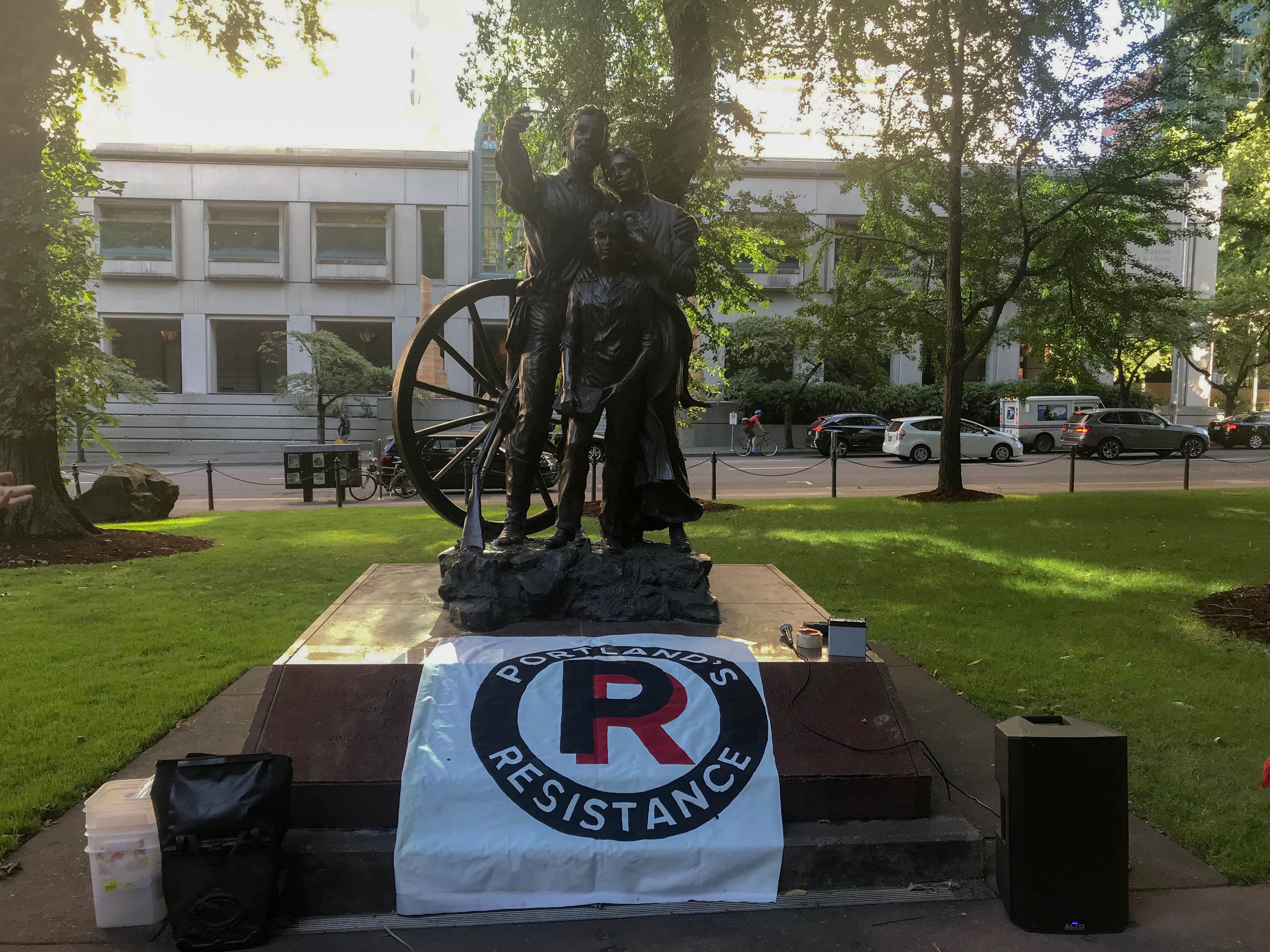Portland State University Professor Junghee Lee received a grant this month to aid in the completion of a book on the influence of Korean art on other types of art in the region.
Korea Foundation gives PSU prof. $40,000 grant
Portland State University Professor Junghee Lee received a grant this month to aid in the completion of a book on the influence of Korean art on other types of art in the region.
Lee received $40,000 from the Korea Foundation to finish a book she has been writing on a certain period of Korean art history. The Korea Foundation is an international organization affiliated with the Ministry of Foreign Affairs that aims to promote Korea’s reputation worldwide through academic and cultural endeavors.
Lee said the grant money will mostly be used for traveling to several Asian countries, which she said will enhance her research drastically.
“I’m really excited. Without the grant the quality of the book would not be very good,” she said.
In July, Lee, a full-time art professor who also works in the PSU International Studies Department, will go on sabbatical for one year in order to finish her manuscript, which she said she began working on five years ago. She has already written close to 250 pages.
“I’ve been working on this for a long period of time,” Lee said. “I already wrote the first two chapters.”
Lee said she plans to begin traveling in July, with Korea, China and Japan on the itinerary, and expects to be gone no longer than three months. The specific focus of her book, tentatively titled Belief and Power: International and Regional Aspects of Three Kingdoms Art of Korea, is art from the Three Kingdoms period, which took place from about the fourth to seventh century in Korea. She said she will be most interested to see tomb murals and Buddhist sculptures while she’s in Asia.
Lee said the reason she is writing the book is because there is very little academic writing on Korean art, especially any that has been translated into English. She also wants to include a greater study of North Korean art, which has not been very accessible in the past.
“So far North Korean art was not available to South Korean scholars. Recently, they are trying to have more dialogue,” Lee said. “When we study Korean art we almost left out North Korean art and only discuss South Korea, so I’m trying to include the northern part of the culture in my book.”
She said that Korean art, besides making it’s own unique contribution to art history, serves as a link between Chinese and Japanese art by incorporating some of the extremely different aspects of each. She said this role of Korean art is missing in Asian art studies.
“Korean art has different characteristics and temperament than Chinese and Japanese, so they are different,” Lee said.
Lee was born in Seoul, South Korea, and got her master’s degree and Ph.D. from the University of California, Los Angeles. She spent several years living in L.A. as a student, and then moved to Boston where she worked as a research associate at Harvard University for 10 years. In 1994, Lee moved to Portland and began teaching Asian art studies at PSU.
During the past 14 years, Lee has done a lot for the Portland art community. She worked at the Portland Art Museum, with some funding from the Korea Foundation, to create the first Korean art gallery in Portland. Currently, Lee said there are only about 20 Korean art galleries in the U.S. and only 30 to 40 in the world outside of Korea. She said she feels that people have a tendency to group art from different Asian nations together, not giving heed to the nuances of different cultures.
With the department of international studies, Lee has been heavily involved in creating a greater bond between PSU and its sister school in South Korea, the University of Ulsan. For the last three years, a group of about 30 students from the university have come to PSU to study for four weeks in the summer. Lee said that there has also been an exchange of professors in the past, allowing some PSU faculty to travel to South Korea.
“They asked to have a really flowering relationship instead of just be a sister school in the documents,” Lee said. “We feel like we are two sisters. We feel like we really care about each other.”
Lee’s grant will be available to her in June and last for one year. She said she hopes to finish her book in that time, before she returns to teaching in a year.



